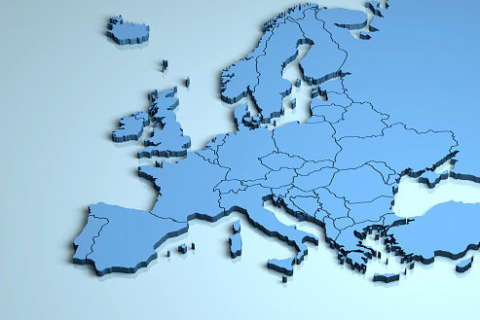FRANKFURT, Germany (AP) — Europe’s economy enjoyed modest growth in the April-June quarter even as the U.S. outperformed expectations, highlighting a persistent transatlantic growth gap with Germany, the leading European economy, remaining in the dumps and as hesitant consumers save more, rather than spend on new houses or cars.
Gross domestic product, the total output of goods and services, rose 0.3% in the second quarter in the 20 countries that use the euro currency, according to official figures released Tuesday by European Union statistics agency Eurostat. Germany, the largest eurozone economy, slid back into contraction, recording a 0.1% fall in output.
Tuesday’s figures follow a similar 0.3% performance from the Jan.-March quarter, the first significant growth after more than a year of stagnation just above, at, or below zero.
By contrast, the U.S. economy grew 0.7% in the second quarter from the first quarter, or 2.8% on an annualized basis. U.S. consumers are spending freely, while government spending from larger budget deficits and subsidies for business investment, in renewable energy under the Inflation Reduction Act and in semi-conductor production and infrastructure, are also contributing to U.S. growth.
Those two trends are reversed in Europe where consumers are saving at record levels and governments have started restricting spending to reduce budget deficits.
Copyright © 2024 The Associated Press. All rights reserved. This material may not be published, broadcast, written or redistributed.







